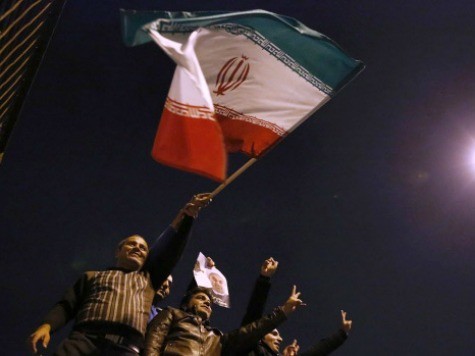At the time of the Iranian Revolution in 1979, the country had a population of 38 million. While the ousted Shah had been supportive of limiting population growth, his efforts were ineffectual, with population growing at 3.4 percent per annum. The mullahs who displaced the Shah were reflexively opposed to anything that the Shah had supported, so they encouraged population growth, which increased to 4.0 percent per annum by 1985.
It was at about that time that Iran’s population outran the country’s carrying capacity. Food and fuel have been subsidised in Iran, so the increasing population was a growing burden on the country’s budget. The Iranians would dearly like to be the Persian Gulf’s hegemon and also hasten the return of the Twelfth Imam – an historical figure born in 869 A.D. who disappeared in 941 A.D. His disappearance is referred to as the Occultation and Twelver Shi’ites believe that the Mahdi will appear, with Jesus Christ as his sidekick, to bring justice to the world.
They also contend that they should hasten the return of the Mahdi by creating the proper conditions. This mainly involves slaughtering non-Moslems or forcing them to convert to Islam.
The Iranian regime came to realise, however, that it is very difficult for their country to be the belligerent regional hegemon they want it to be while it must import a significant proportion of the food it requires. Iran in 2014 has a population of 76 million, grows 14.5 million tonnes of wheat annually and imports a further 7.5 million tonnes. To conserve grain stocks while it endures restrictions on its ability to export oil, the Iranian government cut back on grain supplies to poultry enterprises, so that the poorer segments of Iranian society are now suffering from involuntary vegetarianism.
The realisation that excessive population was a burden came in 1989, when Iranian President Rafsanjani oversaw a rapid change in population policy. Understanding that the costs of an ever-increasing population would far exceed the country’s capacity to provide adequate food, education, housing, and employment and could destabilise the regime, Iran’s health ministry launched a nationwide campaign offering family planning assistance. Food coupons, paid maternity leave, and social welfare subsidies were withdrawn after a third child, and birth control classes were required before any couple could get married.
These policy initiatives led to a rapid decline in fertility rates from an average of more than six children per woman to less than two in the space of just ten years. Some commentators see the reduction in the Iranian fertility rate as a consequence of some sort of existential angst in reaction to the country’s theocracy and maintain that it points to terminal decline. On the contrary, Iran must get its population back under 40 million if it is to survive. It won’t make it in time, though. Even though children per female has dropped below two, the demographic bulge means that the population growth is still 1.2 percent per annum. As with Mao’s opposition to population control in China in the 1960s, a time bomb was created which can’t be defused.
How will Iran pay for its grain imports? The first peak in Iranian oil production occurred in the mid-1970s with six million barrels per day being produced. Under the Shah, oil production had been boosted rapidly in a few giant fields in competition with Saudi Arabia. The recent peak in Iranian oil production came in 2007 at 4 million barrels of crude and condensate per day. Iran’s internal oil consumption has been half of its production (prior to sanctions).The country has now produced half of its initial geological endowment with 60 billion barrels of reserves remaining. Its production rate will tail off from here.
David Archibald, a Visiting Fellow at the Institute of World Politics in Washington, D.C., is the author of Twilight of Abundance: Why Life in the 21st Century Will Be Nasty, Brutish, and Short (Regnery, 2014), out now.

COMMENTS
Please let us know if you're having issues with commenting.